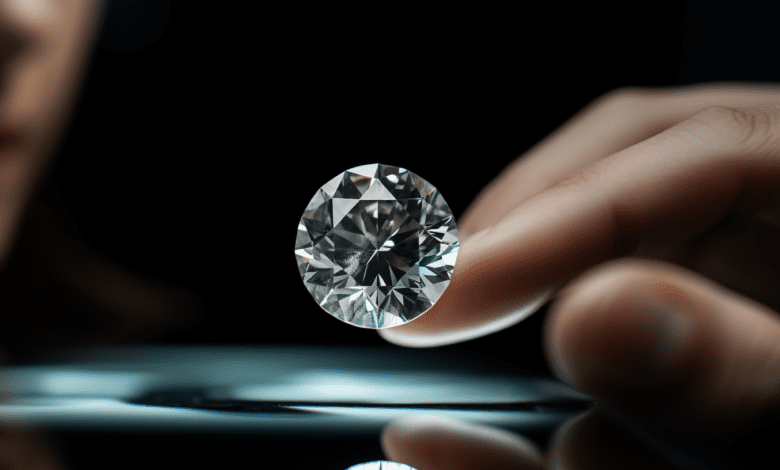Understanding Lab Grown Diamonds HPHT: The Science Behind Lab Made Diamonds
What Are Lab Made Diamonds?
In recent years, lab made diamonds have gained widespread popularity as an ethical and cost-effective alternative to mined diamonds. These diamonds are real, share the same physical and chemical properties as natural diamonds, and are nearly indistinguishable without specialized equipment. They are created in a controlled laboratory environment using advanced technology that replicates the natural diamond-forming process.
Among the two main production methods—CVD (Chemical Vapor Deposition) and HPHT—lab grown diamonds hpht stand out for their brilliance, durability, and structural integrity. This method, known as High Pressure High Temperature, mimics the intense conditions deep within the Earth’s mantle where natural diamonds are formed.
How HPHT Technology Works
The lab grown diamonds hpht process begins with a small diamond seed, often made of graphite or another carbon material. This seed is placed inside a press where it is subjected to extreme heat (over 1,400°C) and pressure (1.5 million pounds per square inch). These conditions cause the carbon to crystallize around the seed, forming a diamond.
HPHT diamonds are known for their clarity and exceptional hardness. They can also be color-treated more easily, making it possible to produce fancy colored diamonds like yellow, blue, or even pink. When people refer to lab made diamonds, the HPHT method is often cited as the process that produces some of the most structurally perfect stones.
Benefits of Choosing HPHT Lab Grown Diamonds
There are several compelling reasons why consumers prefer lab grown diamonds hpht over other types. One major advantage is the stone’s purity and clarity. HPHT diamonds often have fewer metallic inclusions than diamonds produced using CVD, which makes them ideal for high-end jewelry.
Additionally, HPHT diamonds are considered more durable and better suited for precise cuts, giving jewelry designers more flexibility when crafting unique pieces. Whether you’re choosing an engagement ring or a pair of earrings, lab made diamonds created through HPHT are an excellent choice for both beauty and resilience.
Ethical and Environmental Impact
Choosing lab made diamonds also reflects a growing awareness of environmental sustainability and ethical sourcing. Traditional diamond mining can be associated with ecological damage, labor exploitation, and conflict zones. Lab grown diamonds hpht, on the other hand, offer a conflict-free, low-impact alternative that aligns with modern values.
The controlled environment of the HPHT process significantly reduces the carbon footprint compared to mining operations. It also ensures that every diamond is created without the social and ethical issues often tied to mined diamonds. Consumers who care about sustainability are increasingly opting for lab created stones because they offer a guilt-free luxury.
Identifying HPHT Diamonds vs. CVD Diamonds
While both HPHT and CVD diamonds are types of lab made diamonds, there are subtle differences between them that can affect your buying decision. HPHT diamonds generally have a more consistent crystal structure, which can lead to higher clarity and fewer defects. These diamonds are also more likely to have a bluish fluorescence, which some buyers find attractive.
Gemological labs like IGI and GIA can distinguish lab grown diamonds hpht from CVD diamonds by using advanced tools. As a consumer, it’s always best to ask your jeweler for a certificate that outlines the diamond’s origin and production method.
Some buyers specifically look for HPHT diamonds due to their superior performance in light reflection and brilliance. If visual sparkle is your top priority, you may want to request lab made diamonds produced using HPHT technology.
Final Thoughts: Is HPHT Right for You?
Whether you’re in the market for an engagement ring or simply love fine jewelry, lab grown diamonds hpht offer an outstanding combination of beauty, durability, and ethics. Their creation method ensures high quality, and their ethical appeal gives buyers peace of mind.
At the same time, lab made diamonds provide better value, often costing 30–40% less than mined diamonds of comparable quality. This makes them an attractive option for couples and collectors who want to make a smart investment without compromising on aesthetics.
As the diamond industry continues to evolve, HPHT technology remains at the forefront of innovation, offering a better way to shine—inside and out.

